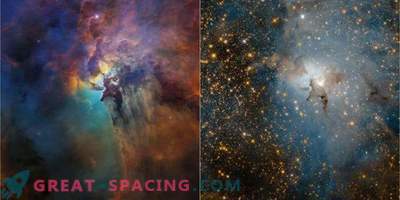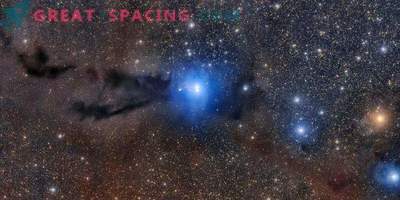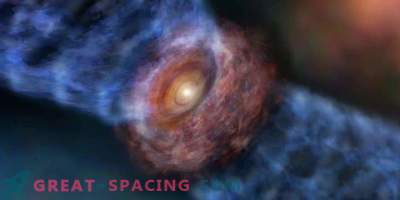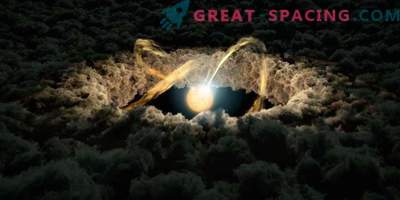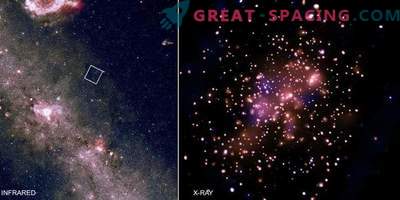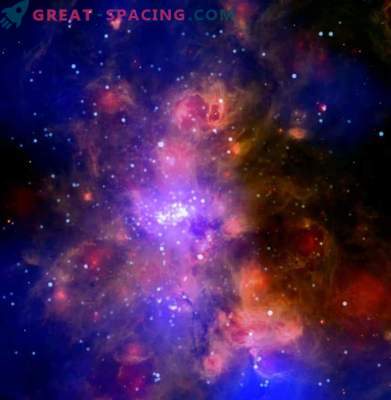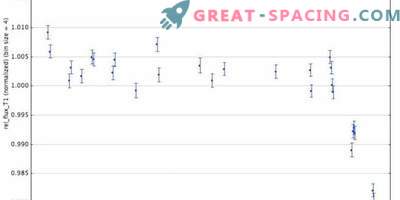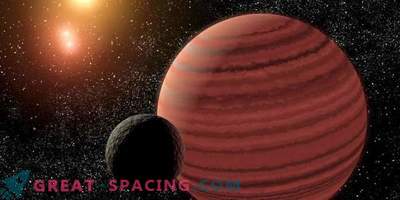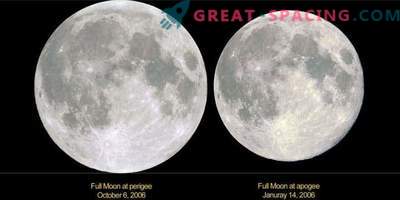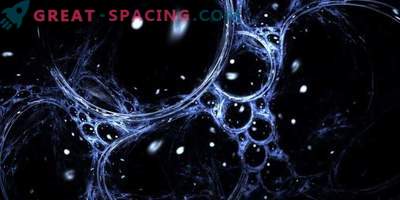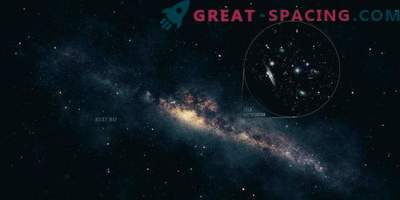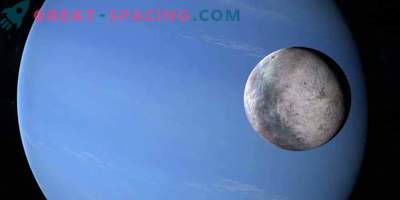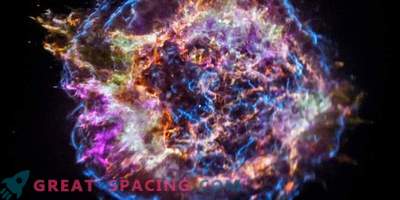
Illustration of XMM-Newton (ESA) orbiting the Earth
Scientists studying the star RZ Pisces have found evidence that its bizarre unpredictable blackout episodes can be created by large-scale orbital dust and gas clouds - the remains of one or more planets destroyed.
RZ Pisces is 550 light-years distant from us. Unstable darkening rates can stretch to two days, when a star becomes 10 times weaker in brightness. It creates much more energy in IR wavelengths than solar stars emit. This suggests that the star is surrounded by a disk of warm dust. Approximately 8% of its luminosity is in the infrared.
This leads to the conclusion that we have a young star of the solar type, surrounded by a dense belt of asteroids, where frequent blows crush rocks into dust. But there is an alternative option. This may be a more ancient star, which is just beginning to transform into a red giant. Then the dusty disk had to be dispersed after several million years, and another source must be found to explain the infrared glow.
Which option is correct? Scientists believe that reality is different from both. For the review they decided to use the ESA satellite XMM-Newton and the 10-meter Keck Observatory telescope.
Take a look at Pisces RZ, which is 550 light-years distant and subject to unstable brightness drops. The animation illustrates one of the possible interpretations of the system where the giant star is slowly decaying. Gas and dust periodically flow from the planet and the clouds cover the star Young stars often represent powerful sources of X-rays. Approximately 11 hours of observations in XMM-Newton showed that RZ Pisces belongs to this type. The total amount of X-rays is 1000 times the solar indicators.
Terrestrial telescopes noted a surface temperature of 5330 ° C, as well as a rich lithium line. With age, the volume of this element decreases, which allows the age of the star to be derived. But the analysis shows that the dust and gas cloud should have disappeared a long time ago, since the stars of the solar type lose their planetary disks within a few million years after birth. This means that there is a collapse of the planets.
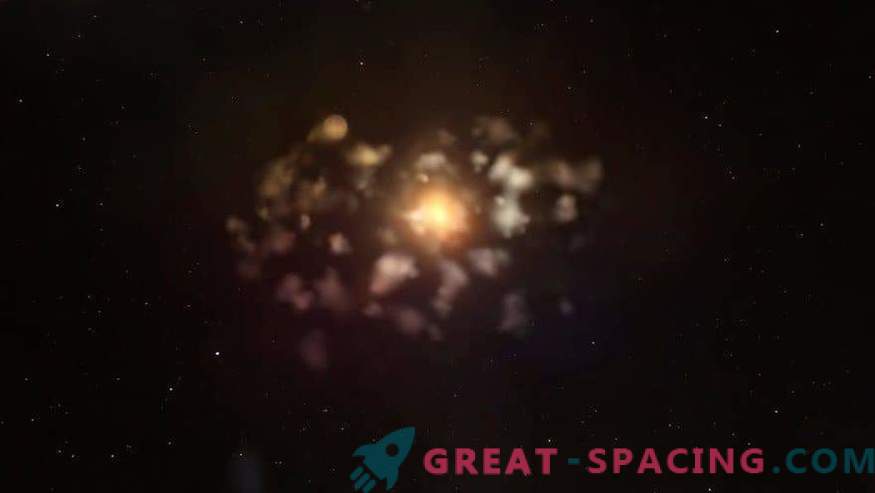
A destroyed planet slowly breaks into a cloud of gas and dust, orbiting the star RZ Pisces, 550 light years away from us.
A ground survey also showed that dust was accompanied by a huge amount of gas. The dust heats up to 230 ° C, and most of the fragments are 50 million kilometers away from the star. But the material simultaneously falls to the star and repels it. There is an assumption that the fragments are parts of a destroyed large planet that could not withstand the influence of stellar tides. Or is it the result of a collision of two objects.
